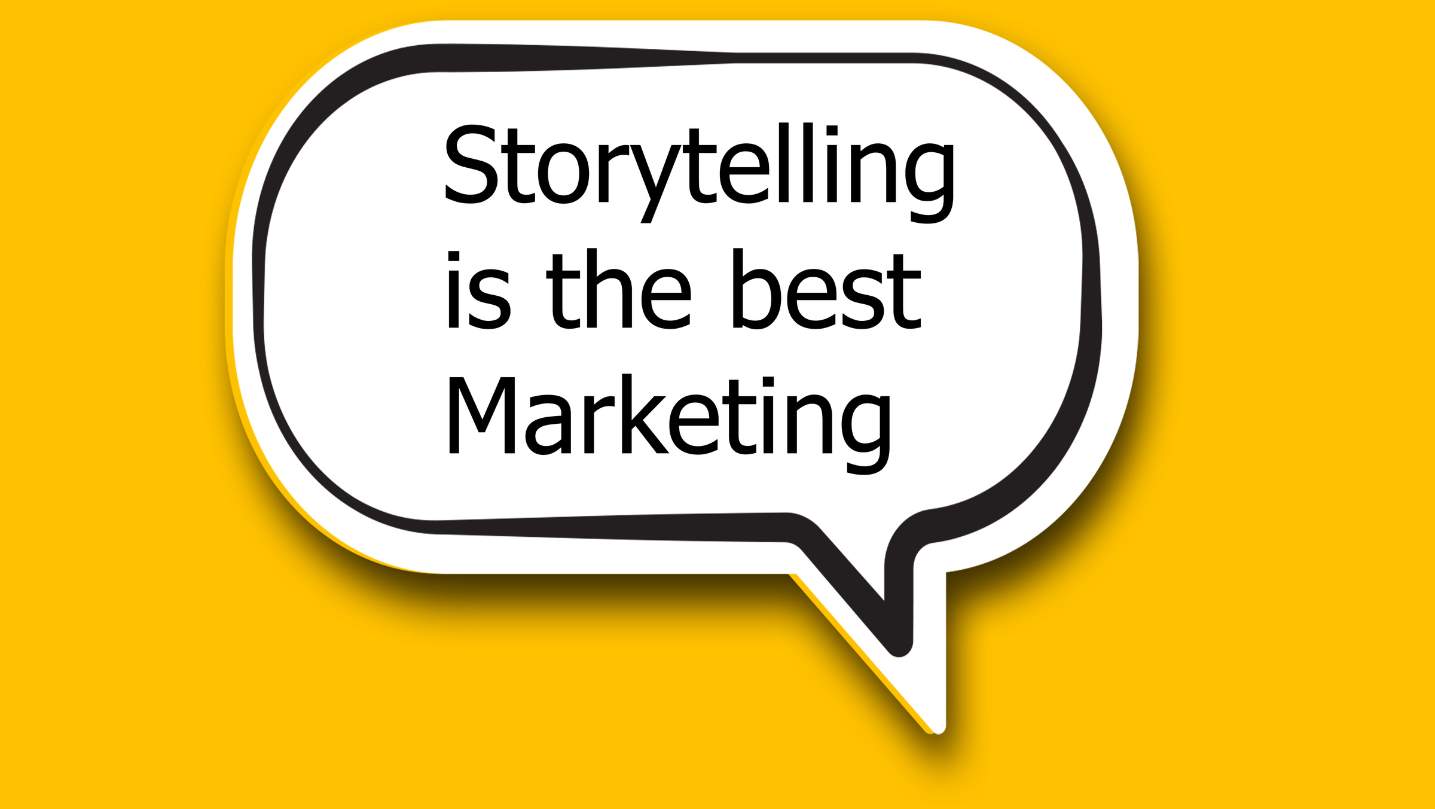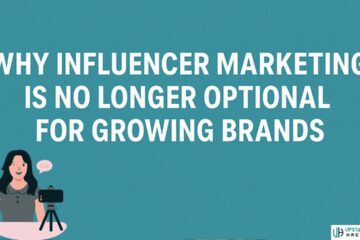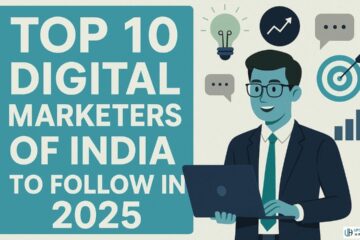As a consumer, you are surrounded by marketing messages and ads from multiple brands. With increased noise in the marketplace, it can be challenging for the brands to stand out and get in touch with the audience. Therefore, one powerful tool that can assist is storytelling in content marketing.
From the early days of oral tradition till the present day of digital marketing, conveying a story has the power to captivate the audience and evoke lasting memories.
Whether you are creating a blog post or a social media campaign, the right story can elevate the content and make it completely unforgettable.
This article will explore the art of storytelling in content marketing and emphasize methods to achieve marketing goals.
What Is Storytelling In Content Marketing?
Storytelling in content marketing refers to using narrative techniques to convey the brand message and engage with the target segment.
It is all about the combination of words, emotions, and visuals that can engage with the audience and bring in a connection beyond the product and services offered.
However, in content marketing, storytelling can take several forms, including blog posts, social media posts, videos, and advertising campaigns.
Thus, storytelling can bring the brand to life, making the content more relatable, impactful, and memorable.
Whether you are creating a video post, blog post, or simple writing, storytelling is a powerful tool that will help you stand out in crowded digital landspace and obtain your marketing goals.
Why You Should Use Storytelling In Content Marketing?

Selecting the right story from the content is important to obtain the success of storytelling efforts.
With a good story, you can captivate the audience and can also align with the brand vision, mission, and marketing goals.
Thus, when selecting a story, you should consider the following factors.
- Consider the target audience and know its pain points, interests, and preferences. Try to know what kind of story they want to relate to and engage with.
- Consider the brand message and what you want to convey through the content. Remember to consider your brand values and how they can be incorporated into the story.
- Ensure the content is rightly depicted through the story and relevant to the current context and time.
- Consider the actions that you would like to take after viewing the content.
- Lastly, good storytelling evokes emotions, and it can be either sadness, inspiration, or joy. Choose a story that will likely evoke the emotions you want to convey.
If you need more assistance, you can visit Digitrio and gain further insights on choosing the right type of storytelling.
Example of Story As Part Of Content Marketing
These are some of the examples of storytelling in content marketing.
- “Share a Coke” by Coca-Cola is a creative and effective use of storytelling in content marketing. The campaign intended to buy Coke bottles in the name of family and friends.
- Red Bull’s marketing campaign “Startos” is a great example of how storytelling can create an epic brand experience.
- Dove’s “Real Beauty Campaign” is a classic example of how effective the brand’s storytelling is in content marketing.
These examples assist in demonstrating the significance of brand storytelling in content marketing and how it can boost your brand presence and drive greater business results.
Techniques To Measure The Impact Of Storytelling On Content Marketing

Measuring the impact of brand storytelling in content marketing ensures that you receive the best return on investment through marketing efforts.
Here are some of the key factors that will assist you in measuring the impact of brand storytelling in content marketing.
- If your goal is to generate leads, track the numbers generated from storytelling.
- You can measure engagement through views, clicks, shares, and comments. This will give you an idea of how to interact with the audience and how well it can resonate with them.
- Track the impact of storytelling on the brand’s overall awareness.
- The return on investment will give you a good idea of the overall impact that has been created through brand storytelling.
Once you have determined the story that aligns with the brand and the target audience, you can start creating the content around it.
Thus, remember the key to a successful story is to select the right story and communicate it in a way that can create an impact and make it engaging.
See Also: Does Target Take Afterpay? Here’s What You Need to Know










